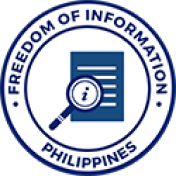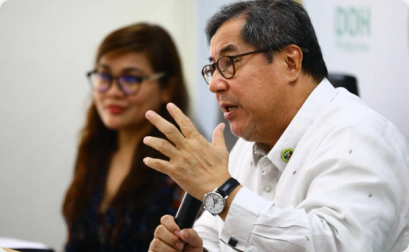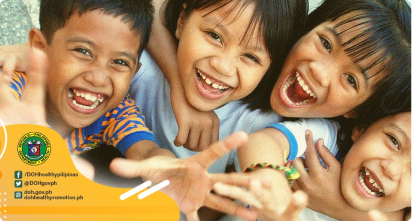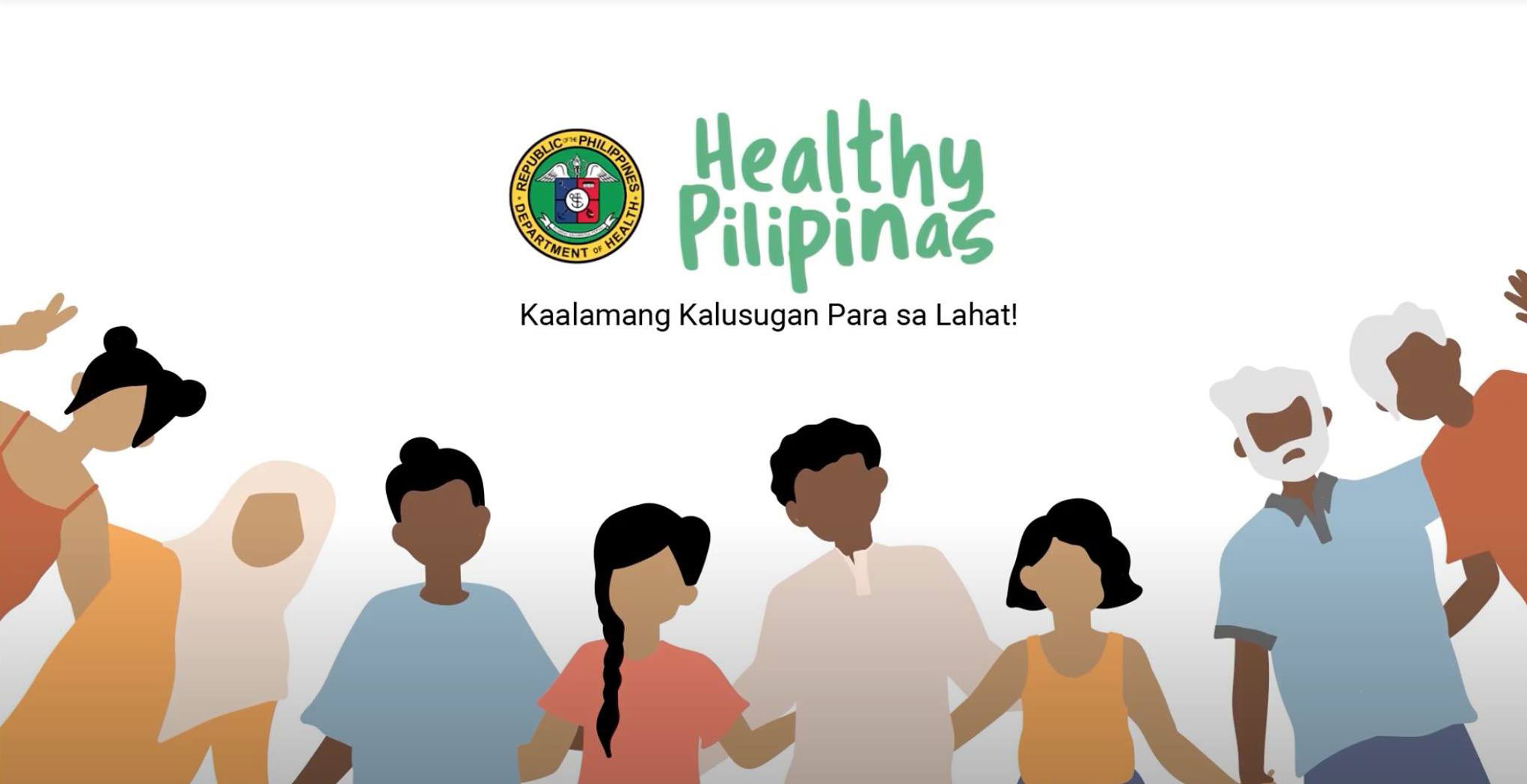Universal Health Care
UHC to Address Inequality in the Health System
Universal Health Care (UHC), also referred to as Kalusugan Pangkalahatan (KP), is the “provision to every Filipino of the highest possible quality of health care that is accessible, efficient, equitably distributed, adequately funded, fairly financed, and appropriately used by an informed and empowered public”.1 The Aquino administration puts it as the availability and accessibility of health services and necessities for all Filipinos.It is a government mandate aiming to ensure that every Filipino shall receive affordable and quality health benefits.This involves providing adequate resources – health human resources, health facilities, and health financing.
Thrusts
To attain UHC, three strategic thrusts are to be pursued, namely:
1) Financial risk protection through expansion in enrollment and benefit delivery of the National Health Insurance Program (NHIP);
2) Improved access to quality hospitals and health care facilities; and
3) Attainment of health-related Millennium Development Goals (MDGs).
Financial Risk Protection
Protection from the financial impacts of health care is attained by making any Filipino eligible to enroll, to know their entitlements and responsibilities, to avail of health services, and to be reimbursed by PhilHealth with regard to health care expenditures. PhilHealth operations are to be redirected towards enhancing national and regional health insurance system. The NHIP enrollment shall be rapidly expanded to improve population coverage. The availment of outpatient and inpatient services shall be intensively promoted. Moreover, the use of information technology shall be maximized to speed up PhilHealth claims processing.
Improved Access to Quality Hospitals and Health Care Facilities
Improved access to quality hospitals and health facilities shall be achieved in a number of creative approaches. First, the quality of government-owned and operated hospitals and health facilities is to be upgraded to accommodate larger capacity, to attend to all types of emergencies, and to handle non-communicable diseases. The Health Facility Enhancement Program (HFEP) shall provide funds to improve facility preparedness for trauma and other emergencies. The aim of HFEP was to upgrade 20% of DOH-retained hospitals, 46% of provincial hospitals, 46% of district hospitals, and 51% of rural health units (RHUs) by end of 2011.Financial efforts shall be provided to allow immediate rehabilitation and construction of critical health facilities. In addition to that, treatment packs for hypertension and diabetes shall be obtained and distributed to RHUs.The DOH licensure and PhilHealth accreditation for hospitals and health facilities shall be streamlined and unified.
Attainment of Health-related MDGs
Further efforts and additional resources are to be applied on public health programs to reduce maternal and child mortality, morbidity and mortality from Tuberculosis and Malaria, and incidence of HIV/AIDS. Localities shall be prepared for the emerging disease trends, as well as the prevention and control of non-communicable diseases.The organization of Community Health Teams (CHTs) in each priority population area is one way to achieve health-related MDGs. CHTs are groups of volunteers, who will assist families with their health needs, provide health information, and facilitate communication with other health providers. RNheals nurses will be trained to become trainers and supervisors to coordinate with community-level workers and CHTs. By the end of 2011, it is targeted that there will be 20,000 CHTs and 10,000 RNheals.Another effort will be the provision of necessary services using the life cycle approach. These services include family planning, ante-natal care, delivery in health facilities, newborn care, and the Garantisadong Pambata package.Better coordination among government agencies, such as DOH, DepEd, DSWD, and DILG, would also be essential for the achievement of these MDGs.







